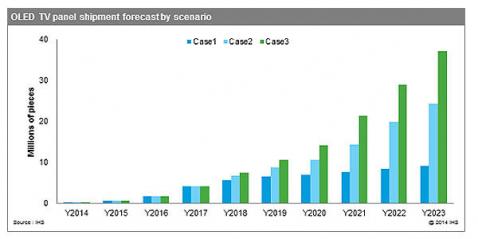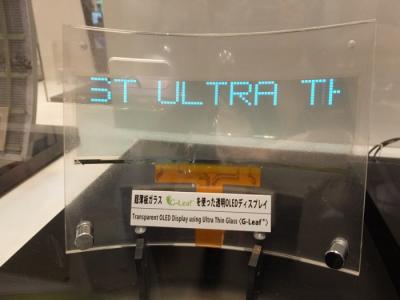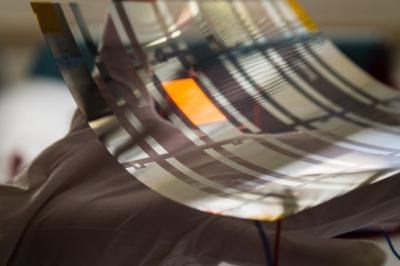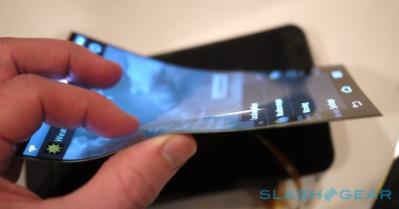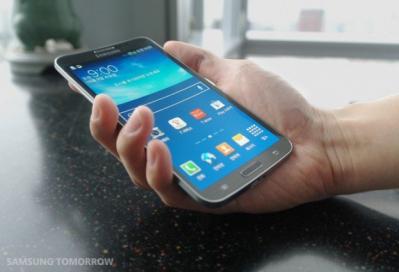The DoE details the four OLED projects that received $3.8 million in funding last week
A few days ago, the US Energy Department (DoE) announced its tenth round of efficient SSL lighting awards, awarding more than $8.2 million to nine projects. Today the DoE released more details about the projects it awarded in this round. There are four OLED projects, awarded a total of $3.8 million.
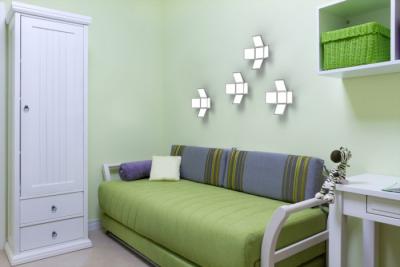
Acuity Brands received $455,131 to develop an OLED Luminaire with integrated DC current drivers in each panel and advanced controls. The goal is to demonstrate a luminaire with an efficacy of 65 lm/W and a luminous output of 4,000 lumens.


